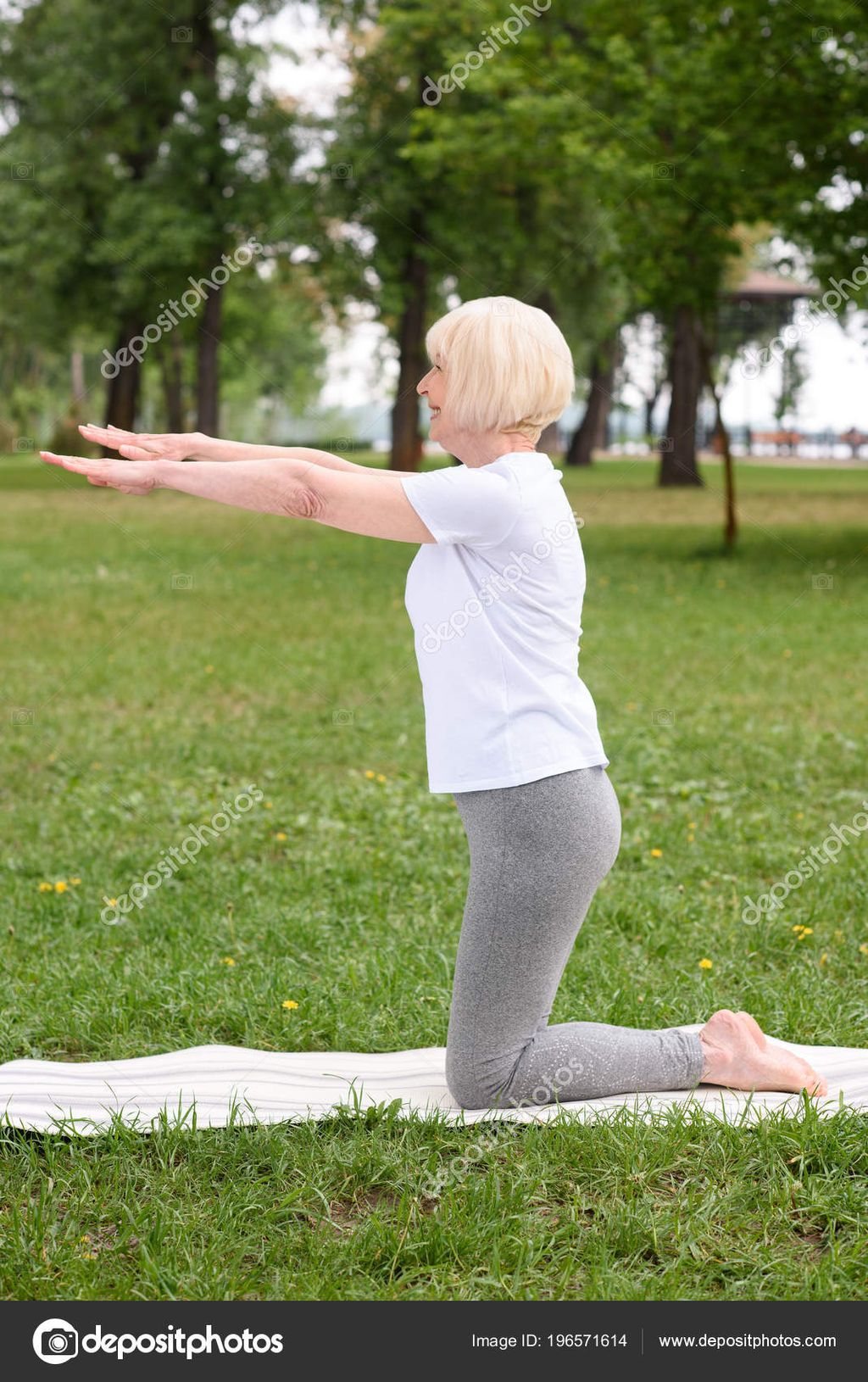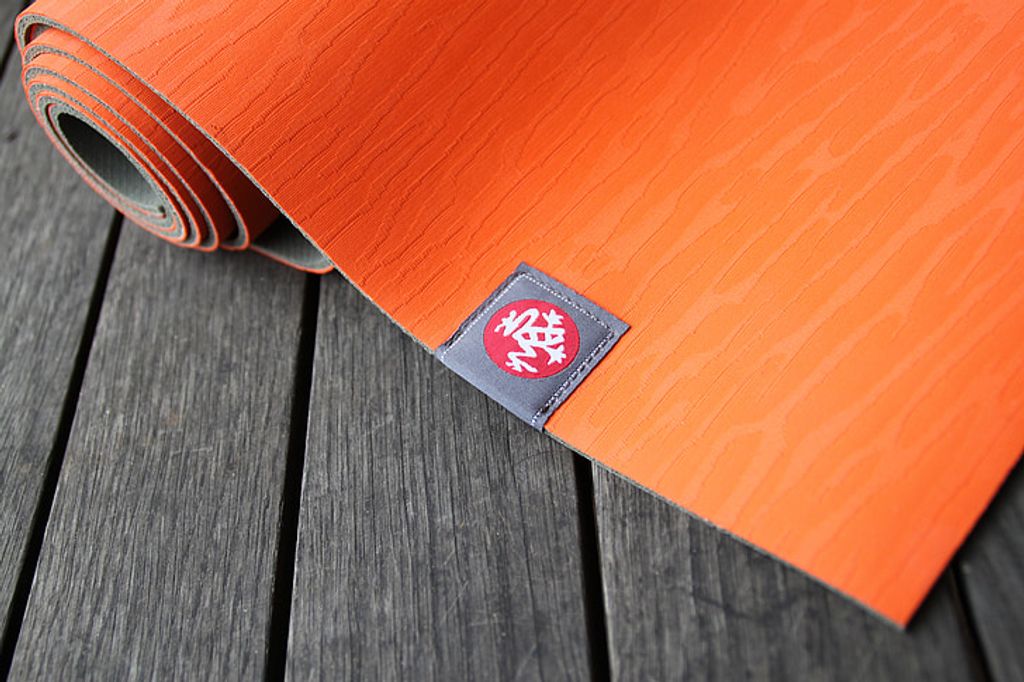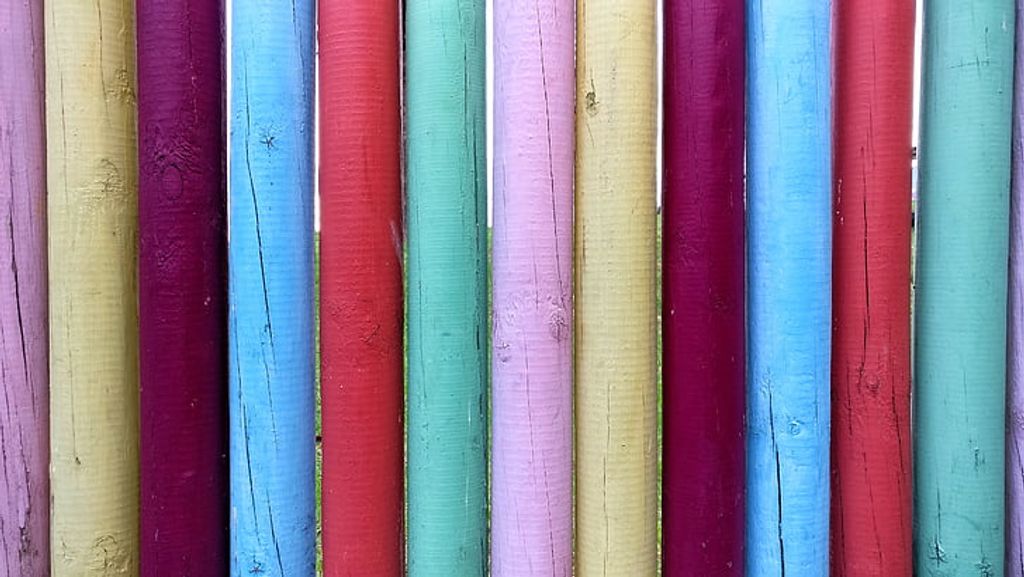
Finding the Best Yoga Mat for Your Daily Routine
When it comes to practicing yoga, having the right mat can make all the difference. A good yoga mat provides comfort, stability, and support, allowing you to focus on your practice without distractions. With so many options available, it can be overwhelming to find the best yoga mat for your daily routine. This article will guide you through the factors to consider when choosing a yoga mat, including the role of a yoga mat in your practice, the importance of grip and traction, the durability and longevity of the mat, eco-friendly and sustainable options, and finding the right size and weight. By the end, you'll have a clear understanding of what to look for in a yoga mat that suits your needs and preferences.
Key Takeaways
- A good yoga mat provides comfort, stability, and support for your practice.
- Consider the material of the yoga mat, choosing between natural and synthetic options.
- Thickness and cushioning impact comfort and stability, so find the optimal thickness for your practice.
- Grip and traction are essential factors to ensure safety and prevent slipping during poses.
- Durability and longevity are important considerations when investing in a yoga mat.
Understanding the Importance of a Good Yoga Mat
The Role of a Yoga Mat in Your Practice
A yoga mat is an essential tool for your yoga practice. It provides a comfortable and stable surface for you to perform various poses and exercises. The mat helps to cushion your joints and protect them from the hard floor. Additionally, it provides traction and grip, preventing you from slipping and sliding during your practice. Whether you are a beginner or an experienced yogi, a good yoga mat is crucial for enhancing your overall experience and ensuring safety.
Benefits of Using a High-Quality Yoga Mat
Using a high-quality yoga mat can greatly enhance your practice. A good mat provides the necessary cushioning and support to protect your joints and prevent injuries. It also offers excellent grip and traction, allowing you to maintain stability and hold poses with confidence. Additionally, a high-quality mat is durable and long-lasting, ensuring that it will withstand regular use and maintain its performance over time. Investing in a good yoga mat is essential for a comfortable and safe practice.
Choosing the Right Material for Your Yoga Mat
Natural vs. Synthetic Materials
When choosing a yoga mat, one important factor to consider is whether it is made of natural or synthetic materials. Natural materials, such as rubber or cork, offer a more eco-friendly option as they are biodegradable and renewable. On the other hand, synthetic materials like PVC or TPE provide durability and easy maintenance. It is essential to weigh the pros and cons of each material to find the best fit for your needs.
Here is a comparison table highlighting the key differences between natural and synthetic yoga mat materials:
| Material | Pros | Cons |
|---|---|---|
| Natural | Biodegradable, renewable | May have a strong odor initially |
| Synthetic | Durable, easy to clean | Not environmentally friendly |
Remember, the choice between natural and synthetic materials ultimately depends on your personal preferences and priorities.
Pros and Cons of Different Yoga Mat Materials
When choosing a yoga mat, it's important to consider the materials used as they can greatly impact your practice. Here are the pros and cons of different yoga mat materials:
- Natural Materials:
- Cork: Cork mats offer an eco-friendly and sustainable option. They are naturally antimicrobial, providing a hygienic surface for your practice. Cork mats also have excellent grip and traction, making them suitable for hot yoga or sweaty practices.
- Rubber: Rubber mats are known for their durability and cushioning. They provide good grip and stability, making them ideal for various yoga styles.
- Synthetic Materials:
- PVC: PVC mats are affordable and widely available. They offer good cushioning and grip, but they are not environmentally friendly.
- TPE: TPE mats are a more eco-friendly alternative to PVC. They are lightweight, durable, and provide good cushioning and grip.
When choosing between natural and synthetic materials, consider your priorities in terms of sustainability, grip, cushioning, and budget. It's important to find a yoga mat material that suits your needs and enhances your practice.
Considering Thickness and Cushioning
Finding the Optimal Thickness for Your Practice
When it comes to choosing the right thickness for your yoga mat, there are a few factors to consider. The thickness of your mat can impact your comfort and stability during your practice. A mat that is too thin may not provide enough cushioning, while a mat that is too thick may make balancing poses more challenging. It's important to find the optimal thickness that suits your needs.
To help you make an informed decision, here is a table comparing the thickness options available for yoga mats:
| Thickness | Description |
|---|---|
| 1/16 inch | Thin and lightweight, suitable for travel |
| 1/8 inch | Standard thickness for most yoga mats |
| 1/4 inch | Extra cushioning for joint support |
Keep in mind that the thickness of a yoga mat is a personal preference, and what works for one person may not work for another. It's recommended to try out different thicknesses to find the one that feels most comfortable and supportive for your practice.
The Impact of Cushioning on Comfort and Stability
Cushioning plays a crucial role in providing comfort and stability during your yoga practice. Thicker mats, typically around 6mm, are ideal for those seeking extra cushioning, especially if you have sensitive knees or joints. On the other hand, thinner mats offer a firmer and more stable surface, which can be beneficial for balancing poses and transitions. It's important to find the optimal thickness that suits your needs and preferences. Additionally, consider the density of the mat, as a higher density can provide better support and durability.
Grip and Traction: Essential Factors for a Yoga Mat
Understanding the Importance of Grip
Grip is a crucial factor to consider when choosing a yoga mat. It plays a significant role in ensuring stability and preventing slips or accidents during your practice. A good grip allows you to maintain proper alignment and focus on your movements without worrying about your hands or feet sliding. To enhance grip, some yoga mats feature textured surfaces or special materials that provide extra traction. It's important to find a mat that offers the right level of grip for your needs and preferences.
Factors Affecting Traction on Different Surfaces
When practicing yoga on different surfaces, the level of traction can vary depending on several factors. One important factor is the texture of the surface. Smooth surfaces like hardwood floors or tiles may provide less traction compared to textured surfaces like rubber mats or carpets. Additionally, the presence of moisture or sweat on the surface can affect traction. It is important to choose a yoga mat that offers good grip and traction on the specific surface you will be practicing on.
To help you understand the factors affecting traction on different surfaces, here is a table summarizing the key points:
| Surface Texture | Traction Level |
|---|---|
| Smooth | Lower |
| Textured | Higher |
Remember, having proper traction is essential for maintaining stability and preventing slips or injuries during your yoga practice.
Tip: If you often practice on smooth surfaces, consider using a yoga towel or a mat with a non-slip surface to enhance traction.
Evaluating Durability and Longevity
Factors to Consider for a Durable Yoga Mat
When choosing a yoga mat, durability is an important factor to consider. A durable mat will withstand regular use and maintain its quality over time. One important consideration is the material of the mat. Natural rubber mats, like the PRO Series from Manduka EU, are known for their durability and ease of cleaning. They are less likely to show signs of wear and tear compared to synthetic mats. Another factor to consider is the thickness of the mat. A thicker mat provides more cushioning and can help protect the mat from damage. Additionally, proper care and maintenance, such as cleaning the mat regularly and storing it properly, can also contribute to its durability and longevity.
How to Extend the Lifespan of Your Yoga Mat
Taking proper care of your yoga mat is essential to ensure its longevity. Here are some tips to help you extend the lifespan of your mat:
- Clean your mat regularly to remove dirt and sweat buildup. Use a mild detergent and warm water to gently scrub the surface.
- Avoid exposing your mat to direct sunlight for prolonged periods as it can cause the material to deteriorate.
- Store your mat in a cool and dry place to prevent mold and mildew growth.
- Rotate your mat during your practice to distribute the wear evenly.
Remember, a well-maintained yoga mat can provide you with years of comfortable and hygienic practice.
Eco-Friendly and Sustainable Options
Choosing Environmentally Friendly Yoga Mats
When it comes to choosing an environmentally friendly yoga mat, there are several factors to consider. Look for eco-friendly and biodegradable materials such as natural rubber, organic cotton, or jute yoga mats to find the best sustainable yoga mat. These materials are not only better for the environment but also provide a non-toxic and chemical-free surface for your practice. Additionally, consider the manufacturing process of the mat and opt for brands that prioritize sustainability and use low-impact production methods. By choosing an eco-friendly yoga mat, you can align your practice with your values and contribute to a healthier planet.
Sustainable Materials and Manufacturing Processes
When it comes to choosing an eco-friendly yoga mat, it's important to consider the materials used and the manufacturing processes involved. Sustainable materials such as natural rubber, cork, and organic cotton are gaining popularity due to their minimal impact on the environment. These materials are biodegradable and renewable, making them a great choice for environmentally conscious yogis.
In addition to the materials, the manufacturing processes also play a crucial role in determining the sustainability of a yoga mat. Look for mats that are manufactured using eco-friendly methods, such as water-based dyes and non-toxic adhesives. By opting for a yoga mat made from sustainable materials and manufactured using environmentally friendly processes, you can contribute to a greener planet while enjoying your yoga practice.
Finding the Right Size and Weight
Determining the Ideal Size for Your Practice
When it comes to choosing the right size for your yoga mat, there are a few factors to consider. The standard yoga mat size measures 68 inches in length and 24 inches in width. However, it's important to note that this may not be the ideal size for everyone. You should choose the ideal yoga mat size for your body type and personal preferences. Consider your height, the space you have available for your practice, and any specific needs or preferences you may have. Finding the right size will ensure comfort and stability during your yoga sessions.
To help you determine the ideal size for your practice, here is a yoga mat size chart:
| Body Type | Recommended Mat Size |
|---|---|
| Petite | 68 inches by 24 inches |
| Average | 72 inches by 24 inches |
| Tall | 78 inches by 26 inches |
This chart provides a general guideline based on body type, but it's important to remember that personal preferences and specific needs may vary. Take the time to try out different sizes and see what works best for you. Remember, the right size mat will enhance your practice and make it more enjoyable.
Balancing Portability and Stability with Weight
When choosing a yoga mat, it's important to find the right balance between portability and stability. Portability refers to how easy it is to carry and transport the mat, while stability refers to how well the mat stays in place during your practice.
To help you make an informed decision, consider the following factors:
- Weight: A lighter mat is more portable, making it convenient for travel or carrying to and from the yoga studio.
- Thickness: A thinner mat is generally lighter and more portable, but may sacrifice some cushioning and stability.
- Material: Some materials, such as natural rubber, can provide a good balance of weight, cushioning, and stability.
Finding the right balance between portability and stability will ensure that your yoga mat meets your needs and enhances your practice.
Conclusion
In conclusion, finding the best yoga mat for your daily routine is essential for a comfortable and effective practice. With the wide variety of options available, it's important to consider factors such as material, thickness, durability, and grip. Additionally, taking into account your personal preferences and needs will help you make the right choice. Whether you prefer a thicker mat for extra cushioning or a sticky mat for better traction, there is a yoga mat out there that is perfect for you. Remember, investing in a high-quality yoga mat will not only enhance your practice but also contribute to your overall well-being. So, take the time to research and choose a mat that suits you best, and enjoy the benefits of a comfortable and supportive yoga practice.
Frequently Asked Questions
What is the importance of a good yoga mat?
A good yoga mat provides stability, cushioning, and grip, enhancing your practice and reducing the risk of injuries.
What are the benefits of using a high-quality yoga mat?
Using a high-quality yoga mat offers better support, durability, and hygiene, allowing you to focus on your practice with confidence.
What is the difference between natural and synthetic materials for yoga mats?
Natural materials like rubber offer better grip and are more eco-friendly, while synthetic materials like PVC are often more durable and easier to clean.
What are the pros and cons of different yoga mat materials?
Natural materials like cork and jute are eco-friendly but may require more maintenance, while synthetic materials like TPE and PVC are more durable but less sustainable.
How do I determine the optimal thickness for my yoga mat?
The optimal thickness depends on personal preference and the type of yoga practiced. Thicker mats provide more cushioning, while thinner mats offer better stability.
Why is grip important in a yoga mat?
Grip is essential to maintain stability and prevent slipping during yoga poses, ensuring a safe and effective practice.


